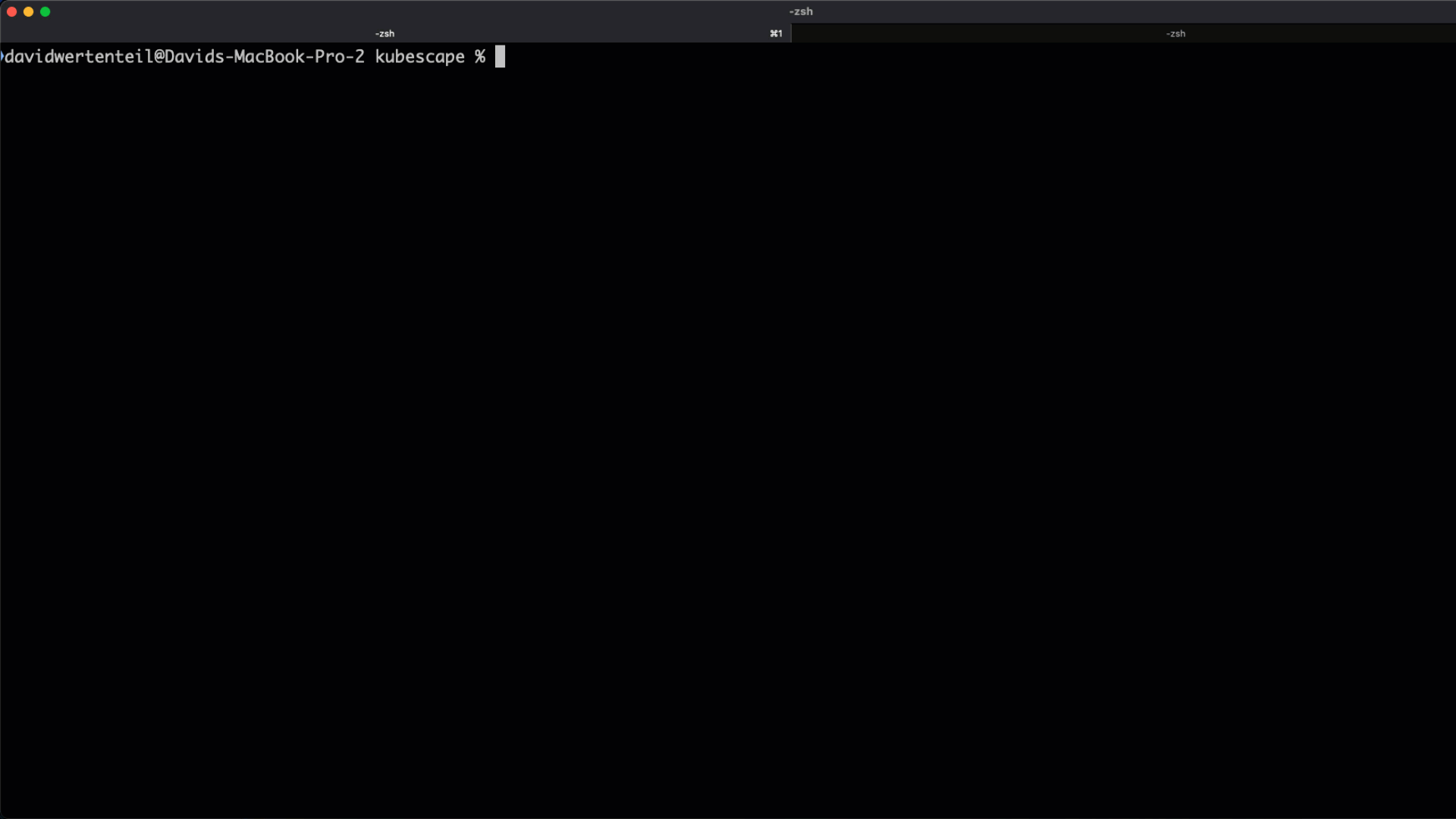kubescape kubescape
winget install --id=kubescape.kubescape -e Kubescape is an open-source Kubernetes security platform designed to enhance security posture management across development, deployment, and runtime environments. It provides comprehensive risk analysis, compliance checks, and misconfiguration scanning for Kubernetes clusters, YAML files, and Helm charts.
Key Features:
- Comprehensive Scanning: Detects misconfigurations based on industry-leading frameworks such as NSA-CISA, MITRE ATT&CK®, and the CIS Benchmark.
- Multi-Faceted Support: Scans Kubernetes clusters, YAML configurations, and Helm charts to ensure robust security across all stages of development and deployment.
- Flexible Output: Supports multiple output formats (JSON, JUnit XML, SARIF) for seamless integration into CI/CD pipelines and reporting requirements.
- DevSecOps Integration: Offers an easy-to-use CLI interface for developers and operators, enabling automated scans that save time and resources.
- In-Cluster Capabilities: Available as a Helm chart, Kubescape provides continuous scanning, runtime analysis, network policy generation, and image vulnerability detection when deployed in-cluster.
Audience & Benefit: Ideal for DevSecOps practitioners, platform engineers, and Kubernetes administrators seeking to streamline security processes. Kubescape empowers users to identify and remediate vulnerabilities quickly, ensuring compliance with best practices while reducing operational overhead. By automating security scans and providing actionable insights, it helps teams maintain a secure and resilient Kubernetes environment.
Kubescape can be installed via winget for easy setup on Windows systems.









